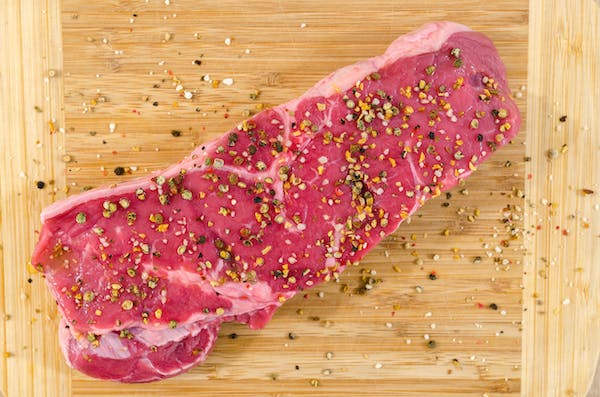
23 Jun THE MEAT INDUSTRY EVOLVES: NEW TRENDS AND INNOVATIONS
Meat has been at the heart of human dietary patterns as long as most of our stomachs can remember, providing us with valuable nutrients and delectable flavors. At the same time, the environmental, ethical, and health consequences of conventional meat production have forced industry leaders and consumers to reconsider the future of the meat industry. As you may have already observed, as we move towards a more sustainable future, the sector is quickly evolving to meet the needs of a fast-changing marketplace and society. Keeping this in mind, it’s an opportune moment to consider what the future of the meat industry will hold.
To start off with, sustainability has become an increasingly important topic here. With the global population projected to reach 9.7 billion by 2050, there is an urgent need to find efficient and sustainable ways to feed people without depleting the planet’s resources. Conventional meat production has a significant impact on land and water usage, greenhouse gas emissions, and deforestation. To address these challenges, the meat industry is increasingly working to incorporate sustainable farming practices such as regenerative agriculture, which focuses on soil health, biodiversity, and carbon sequestration.
Alternative protein sources are also becoming increasingly popular. Plant-based proteins and lab-grown meat, also known as cultured or cell-based meat, are two innovative solutions to the problems posed by conventional meat production. The former, derived from sources like soy, peas, and mushrooms, are becoming more sophisticated in terms of taste and texture. Brands like Beyond Meat and Impossible Foods have developed plant-based products that mimic the taste, texture, and nutritional profile of animal-based meat, making them more appealing to a wider range of consumers. As for the latter, you should know that lab-grown meat, produced by cultivating animal cells in a controlled environment, offers a more direct alternative to conventional meat. While still in its early stages, this technology has the potential to significantly reduce the environmental and ethical issues associated with traditional meat production.
On another front, ethical concerns surrounding animal welfare and the environmental impact of meat production have driven the demand for alternative protein sources. Consumers are becoming more educated about the conditions in which animals are raised and slaughtered, leading to a growing interest in humane and environmentally responsible options. The meat industry is going to have to address these concerns to remain competitive. Noting this, you’ll likely see higher welfare standards, more investing in alternative proteins, and increasing transparency about production practices.



